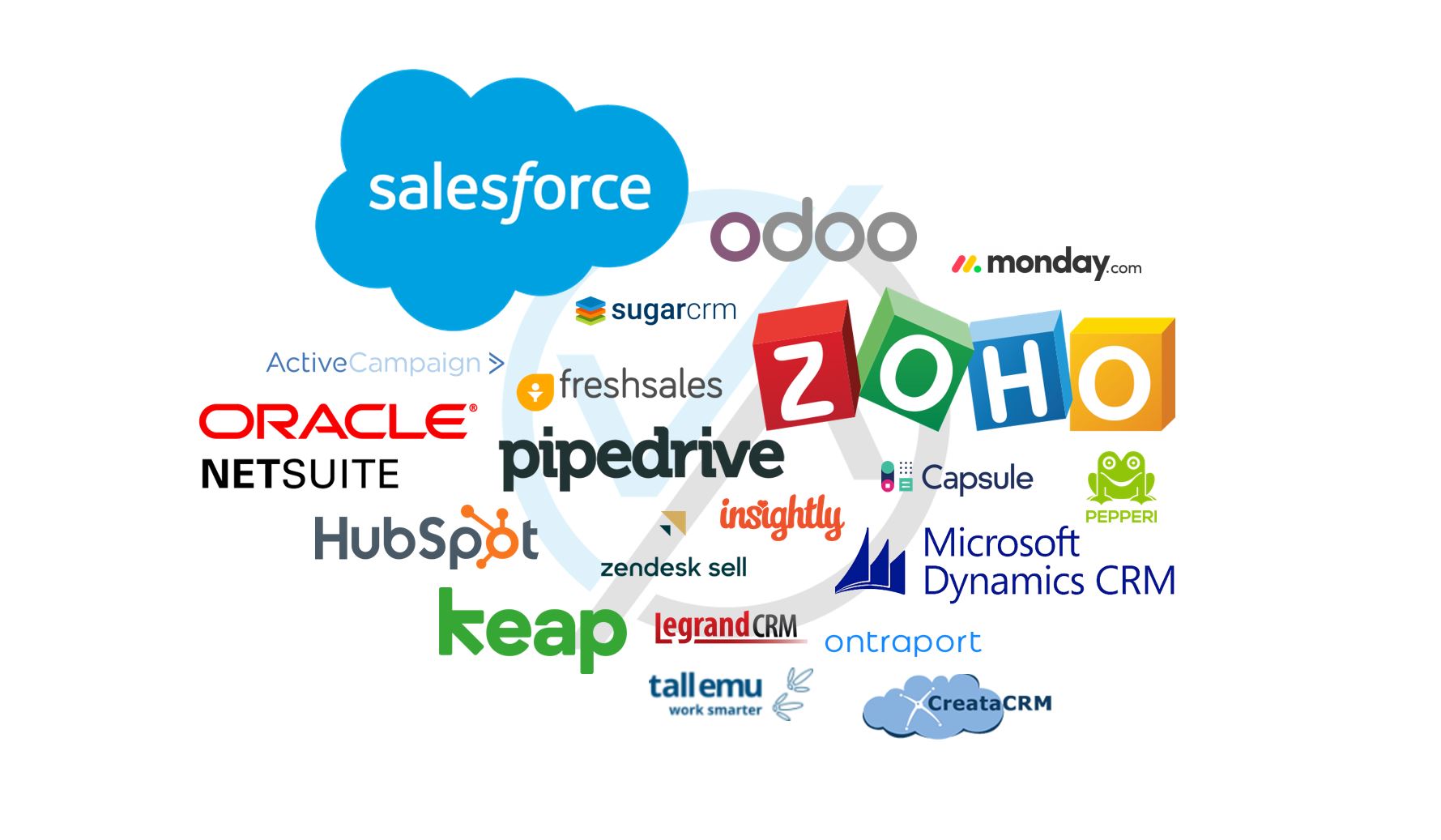Maintaining up-to-date data is critical in the field of customer relationship management. Using CSV files to automate data updates is an effective way to accomplish this. This method reduces human error while also streamlining data management.
CSV Files' Function in CRM Systems
Because CSV files are a universal data exchange format, they are very useful for importing and exporting data between different platforms. They enable the bulk transfer of data, including support tickets, sales records, and customer information, within CRM systems. By utilizing CSV files, organizations can easily move data between systems while maintaining consistency and integrity.
Automating Data Imports: A Comprehensive Guide
Advantages of CSV Data Update Automation
Best Practices and Considerations
In summary, using CSV files to automate data updates in CRMs is a strategic approach that improves scalability, operational efficiency, and data integrity. By implementing this technique, businesses can guarantee that their CRM systems continue to be a trustworthy source of truth, enabling teams to make data-driven decisions.
CSV Files' Function in CRM Systems
Because CSV files are a universal data exchange format, they are very useful for importing and exporting data between different platforms. They enable the bulk transfer of data, including support tickets, sales records, and customer information, within CRM systems. By utilizing CSV files, organizations can easily move data between systems while maintaining consistency and integrity.
Automating Data Imports: A Comprehensive Guide
- Find the Data Source: Find the source of your data. This could be a marketing platform, an external database, or even attendee lists created for the event.
- Plan Frequent Exports: Configure automated procedures to periodically export data from the source system into CSV files. This guarantees that the information is current.
- Data Transformation: Before importing, clean and format the data to meet the needs of your CRM. This could entail standardizing fields, eliminating duplicates, or fixing errors.
- Automated Import: To schedule automatic imports of the CSV files, use the built-in tools in your CRM or third-party integrations. This lowers the possibility of errors and does away with the need for manual uploads.
Advantages of CSV Data Update Automation
- Consistency: Automated procedures guarantee that data is imported and formatted uniformly throughout the CRM.
- Efficiency: Data updates become quicker when manual interventions are eliminated, giving teams instant access to the most recent information.
- Scalability: The amount of data grows as businesses expand. Large datasets are easily handled by automation, allowing for business growth.
Best Practices and Considerations
- Data Validation: Make sure the imported data is correct and comprehensive by putting checks in place. This stops errors from spreading throughout the CRM.
- Security measures include limiting access to authorized personnel only and securing data transfer channels to protect sensitive information.
- Monitoring and Alerts: Install monitoring tools to keep tabs on how well data imports are going. Set up alerts to alert the appropriate teams in the event of errors or inconsistencies.
In summary, using CSV files to automate data updates in CRMs is a strategic approach that improves scalability, operational efficiency, and data integrity. By implementing this technique, businesses can guarantee that their CRM systems continue to be a trustworthy source of truth, enabling teams to make data-driven decisions.
